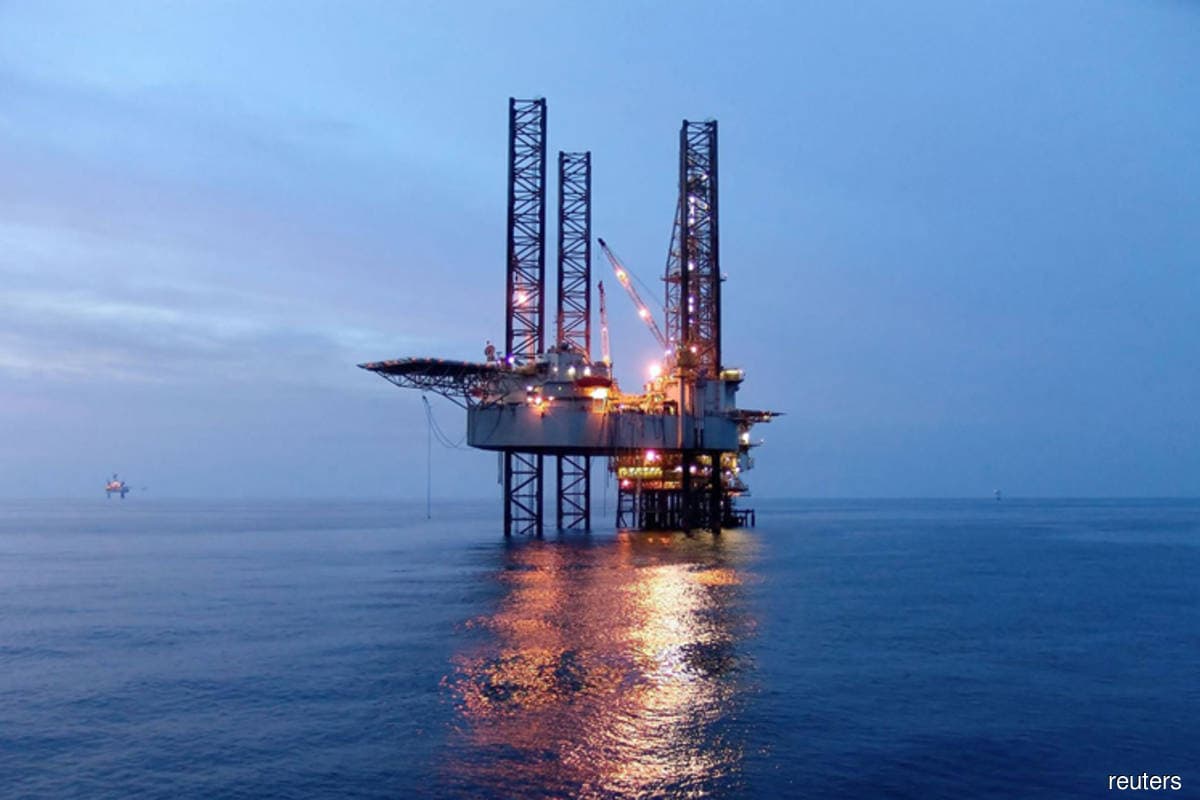
KUALA LUMPUR (Dec 9): Oil and gas (O&G) upstream investment will need to increase and be sustained at near pre-Covid-19 levels of US$525 billion (about RM2.21 trillion) through 2030 to ensure market balance despite slowing demand growth.
A recent report titled “Investment Crisis Threatens Energy Security” by the International Energy Forum and IHS Markit said upstream investment in the O&G sector in 2021 was depressed for a second consecutive year at US$341 billion — nearly 25% below 2019 levels.
Meanwhile, O&G demand is now near pre-pandemic highs and will continue to rise for the next several years, particularly in developing countries.
The report said the investment environment for the O&G sector is becoming more challenging in the face of unprecedented uncertainty and risks, including record price volatility, evolving government regulations, increasingly diverging long-term demand narratives and non-standardised environmental, social and governance (ESG) criteria.
It said the lower-price cycle of the past six years and long-term demand debates had driven up investment hurdles and the cost of capital for long-cycle oil projects.
This is fostering an environment of “pre-emptive underinvestment” for O&G supply, where investments are lagging robust demand, it said.
Meanwhile, the report said the next two years (2022-2023) are critical for sanctioning and allocating capital towards new projects to ensure adequate O&G supply comes online within the next five to six years.
It said operators will continue to favour projects with access to existing infrastructure as these require less capital, have shorter payback periods and are more insulated from long-term demand risks.
Fear of a mismatch between demand and future supply could start to materialise in this time frame.
The report added that concerns about lower future investment can inflate prices.
Delayed investment decisions and increased reliance on short-cycle production increase the uncertainty surrounding the source of future output.
Increased uncertainty around future security of supply can add a premium to prices.